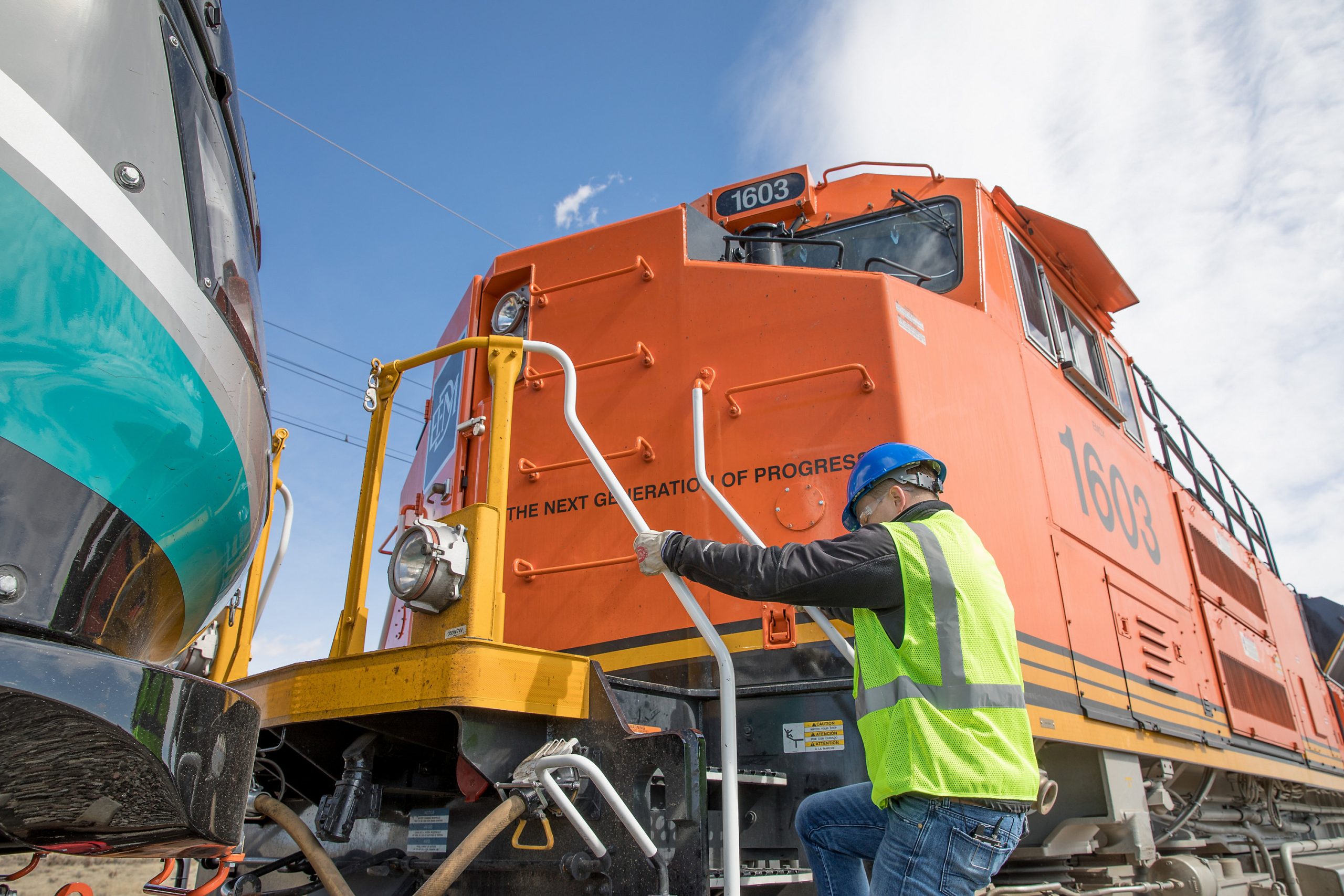Introduction to Track Inspection
Track inspection is one of the most critical components in ensuring railroad safety and reliability. At Tri Innovations, we specialize in professional railroad safety assessments that prioritize accuracy, compliance, and operational efficiency. Track inspection involves systematic monitoring, evaluation, and maintenance of railroad tracks to detect defects, prevent accidents, and extend the service life of infrastructure. As the demand for safe and efficient transportation grows, Track Inspection has become more important than ever.
Importance of Track Inspection
The primary purpose of track inspection is to safeguard lives, cargo, and rail infrastructure. Without routine inspections, undetected defects can result in derailments, delays, and significant financial losses. Track inspection is not only a safety measure but also a regulatory requirement enforced by transportation authorities. By adhering to strict inspection schedules, rail operators can reduce risks, improve performance, and ensure compliance with industry standards.
Types of Track Inspection
There are several types of track inspection methods, each tailored to identify specific issues. Visual inspections are performed by qualified inspectors walking along the track to identify visible damage, misalignments, or obstructions. Mechanical inspections utilize advanced tools and equipment to measure rail gauge, track geometry, and wear. Automated track inspection systems use sensors and imaging technology to provide precise data in real time. Each method plays a role in comprehensive track inspection programs that keep railroads safe and efficient.
Frequency of Track Inspection
Track inspection frequency depends on factors such as traffic density, track classification, and environmental conditions. Heavily used mainline tracks require more frequent inspection than lightly used branch lines. Regulations often specify minimum inspection intervals, but many operators choose to conduct track inspection more frequently to maintain a higher level of safety. Consistent monitoring ensures that even minor issues are addressed before they escalate into serious hazards.
Technology in Track Inspection
The advancement of technology has revolutionized track inspection. High-resolution cameras, ultrasonic testing, and laser scanning are now widely used to detect flaws invisible to the human eye. Drones are also being deployed for aerial track inspection, allowing inspectors to cover long stretches of track more efficiently. At Tri Innovations, we integrate advanced technology with expert analysis to deliver accurate and actionable results in every track inspection.
Benefits of Professional Track Inspection
Professional track inspection offers numerous benefits beyond compliance. Regular inspections reduce the likelihood of derailments and equipment damage, which can be costly and dangerous. A comprehensive track inspection program also improves operational efficiency by minimizing downtime and ensuring trains run smoothly. Furthermore, well-documented inspection reports provide valuable data for long-term maintenance planning. Choosing experts for track inspection guarantees reliability and peace of mind.
Challenges in Track Inspection
Despite its importance, track inspection presents certain challenges. Environmental factors such as weather conditions, vegetation growth, and terrain can make inspections difficult. Human error in visual inspections may also lead to missed defects. To overcome these challenges, rail operators rely on professional inspectors with specialized training and advanced equipment. A well-executed track inspection program mitigates risks and ensures accuracy despite these obstacles.
Regulatory Standards for Track Inspection
Track inspection is governed by strict regulatory standards that vary by country but share common goals: ensuring safety and minimizing risk. In the United States, the Federal Railroad Administration (FRA) establishes detailed rules for track inspection frequency, procedures, and reporting. Non-compliance can result in penalties, shutdowns, and legal consequences. By partnering with Tri Innovations for track inspection, rail operators can rest assured that they meet all regulatory requirements.
Preventive Maintenance Through Track Inspection
Track inspection is the foundation of preventive maintenance strategies. Instead of reacting to failures after they occur, proactive inspections identify potential issues before they cause disruptions. Preventive maintenance informed by track inspection extends the life of rails, ties, and other infrastructure components. This approach reduces overall costs and enhances long-term safety and efficiency.
Track Inspection for Modern Rail Systems
As modern rail systems evolve to handle higher speeds and heavier loads, the importance of track inspection continues to grow. High-speed rail networks require extremely precise track geometry, which makes frequent inspections essential. Heavy-haul freight operations place intense stress on tracks, further underscoring the need for reliable track inspection. Tri Innovations provides specialized services tailored to the unique demands of modern rail systems.
Why Choose Tri Innovations for Track Inspection
When it comes to track inspection, choosing the right partner makes all the difference. Tri Innovations brings years of expertise, advanced technology, and a commitment to excellence in every project. Our team conducts thorough railroad safety assessments that go beyond basic compliance. We provide detailed reports, expert recommendations, and ongoing support to ensure the highest standards of safety and performance. For dependable track inspection services, Tri Innovations is the trusted choice.
Conclusion
Track inspection is essential for ensuring the safety, reliability, and efficiency of railroad systems. With increasing demands on rail networks, regular and professional track inspection is no longer optional—it is a necessity. At Tri Innovations, we specialize in providing comprehensive railroad safety assessments backed by expertise and advanced technology. By prioritizing track inspection, rail operators can safeguard their infrastructure, reduce risks, and enhance operational performance. Choosing Tri Innovations means choosing safety, precision, and long-term success.



